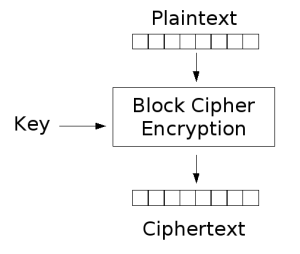In very basic terms, encryption is a way to send a message, satellite signal, vehicle remote, documents in code. The only person who can decode the message is the person with the correct decryption key. Encryption is especially important if you are trying to block satellite signals (DSTV channels) from people who should not be able get access unless they have pay for viewing. Like digital signatures, public-key encryption utilizes software such as PGP, converts information with mathematical algorithms, and relies on public and private keys.

Encryption is a sophisticated scrambling method that is designed to prevent unauthorized viewing. Encryption works by taking a piece of information and processing it with a mathematical formula (called an “algorithm”) that converts the information into a meaningless string of letters and numbers. For example, the sentence “This is a secret,” when encrypted may look like “as03xx1a79x!dqt.”
This encrypted information can be sent over DSTV with the likelihood that anyone intercepting the message will not be able to comprehend it. When the string does reach its intended destination, a decoder with a similar mathematical formula is applied to the information to decrypt it. If you add one extra bit in a key, it doubles the complexity of the key.
In terms of what the encryption key represent, “128” and “40” bit encryption refer to the size of the key used to encrypt the message. Roughly speaking, 128-bit encryption is 309,485,009,821,345,068,724,781,056 times stronger than 40-bit encryption.
You need a decoder loaded with exactly the same encryption/decryption software used by the owner of the channel as well as the correct key. Before you can start to hack the channel, you have to understand the working of the specific encryption/decryption software used before thinking in hacking it.
There are decryption algorithms that are hopping. It means that the keys are changing continuously and is more difficult to crack. A hint (seed) for the new encryption key is hidden in the signal. Possible information in a decryption key can be the seed, encryption section, public section and an owner section. You need to be in a specific group of a specific provider to have access to the information.
With a patch you can load a simulator into your decoder which makes it possible to decode the signal. Take note that patches can destroy your decoder.





Guday guy, is there code for dstv & infinity tv channels.